Innovative washing solutions
Multiwasher has been designed in a cabinet format, which allows for the complete control of washing processes.
Its state-of-the-art technology ensures efficient and sustainable washing, based on optimized processes that not only guarantee disinfection, but also save energy and resources.

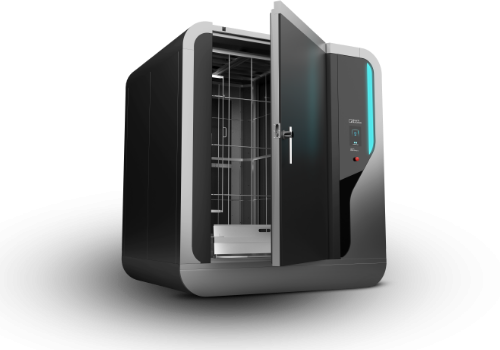

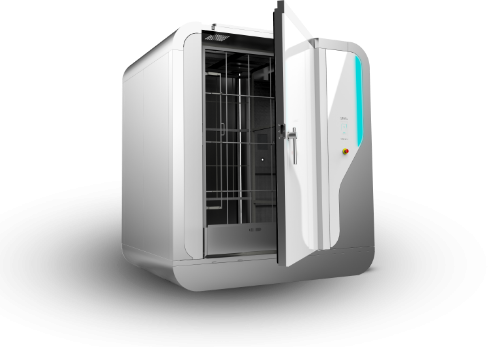
Design and versatility
Multiwasher's versatility allows it to develop customisable solutions tailored to each customer. Various utensils and objects can be integrated into a single wash, allowing for greater flexibility.
Multiple industries
Multiwasher was developed to be an effective washing solution for any industry. Thanks to a system of trolleys and programmes tailored to what you need to wash, we guarantee quality and optimised washing.
They are with us
Join us too!

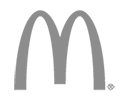


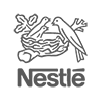
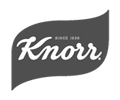
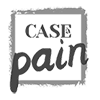
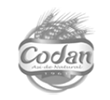
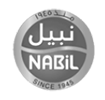
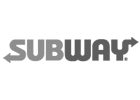
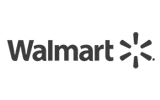
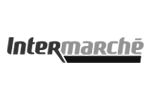
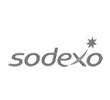

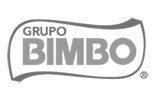

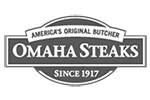
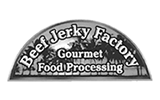
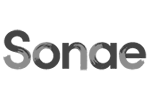
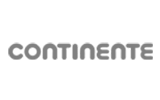
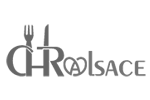
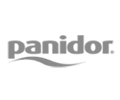
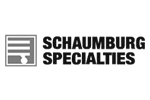
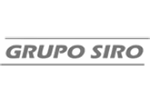

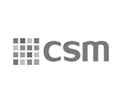
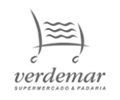



























2,000 installations in more than 30 countries.
Our satisfied customers are proof that our hard work will give you the best experience. From the high level of competence of our engineers, through the consultative sales process, and ending with the installation and after-sales service, everything has been designed to give you the greatest satisfaction.
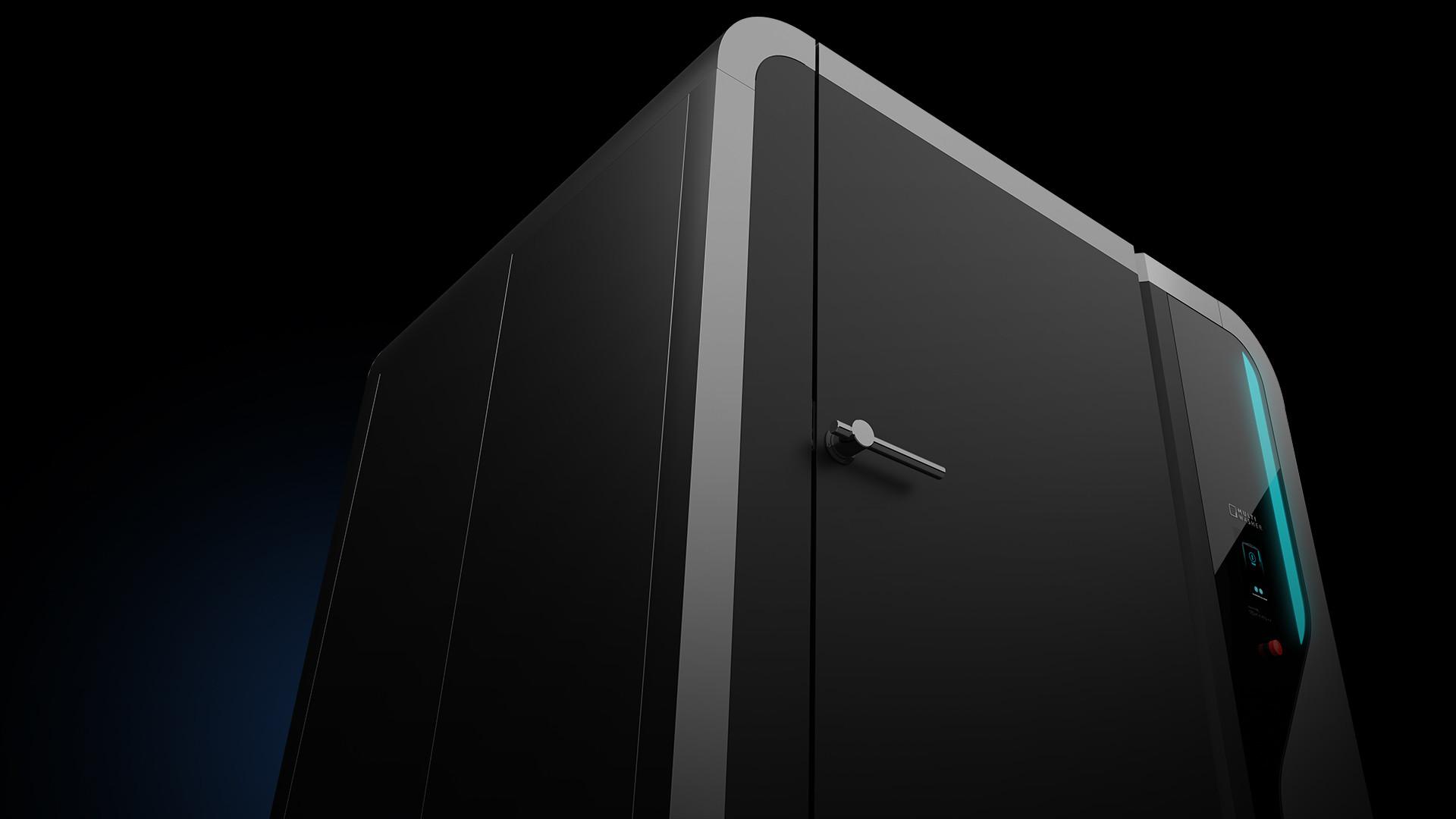


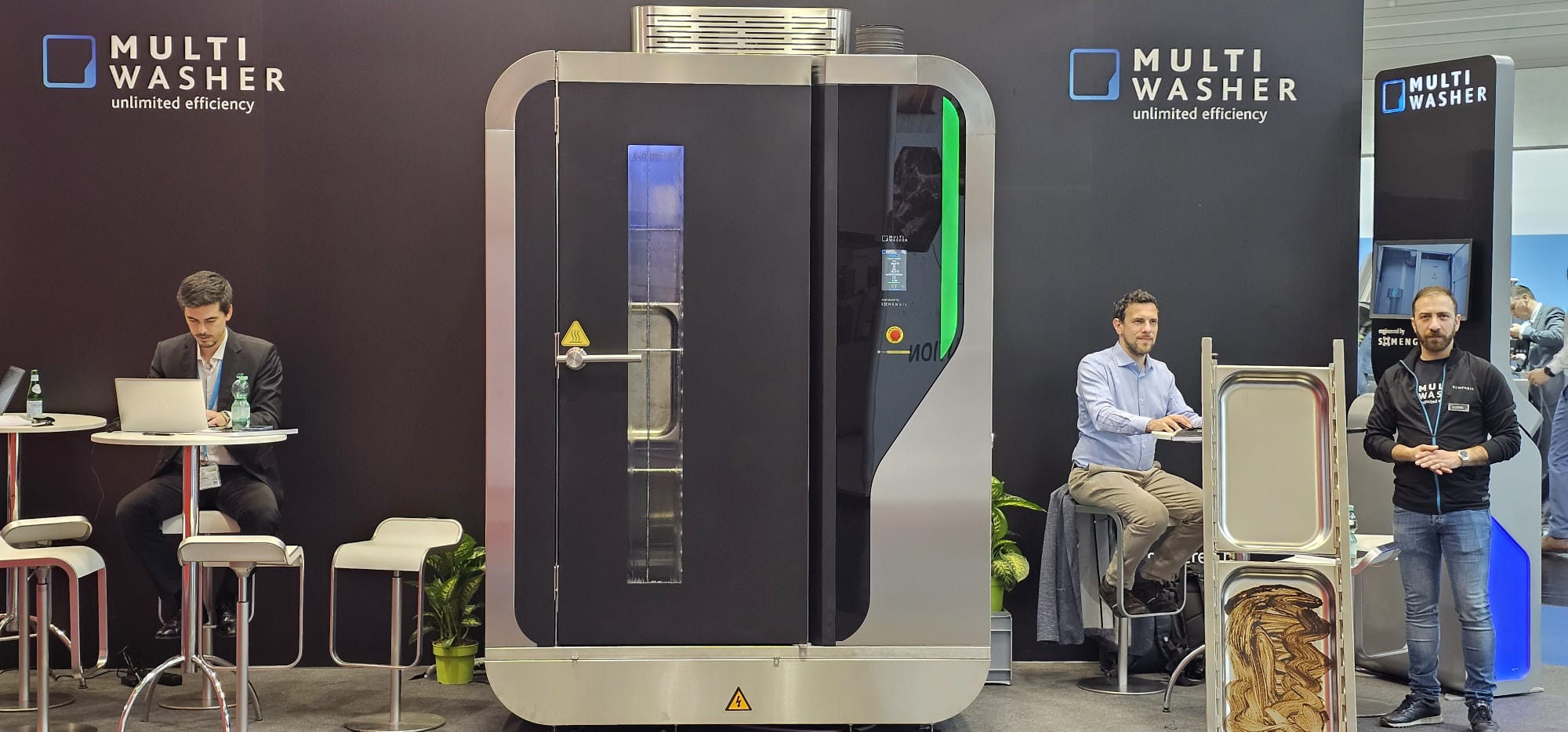
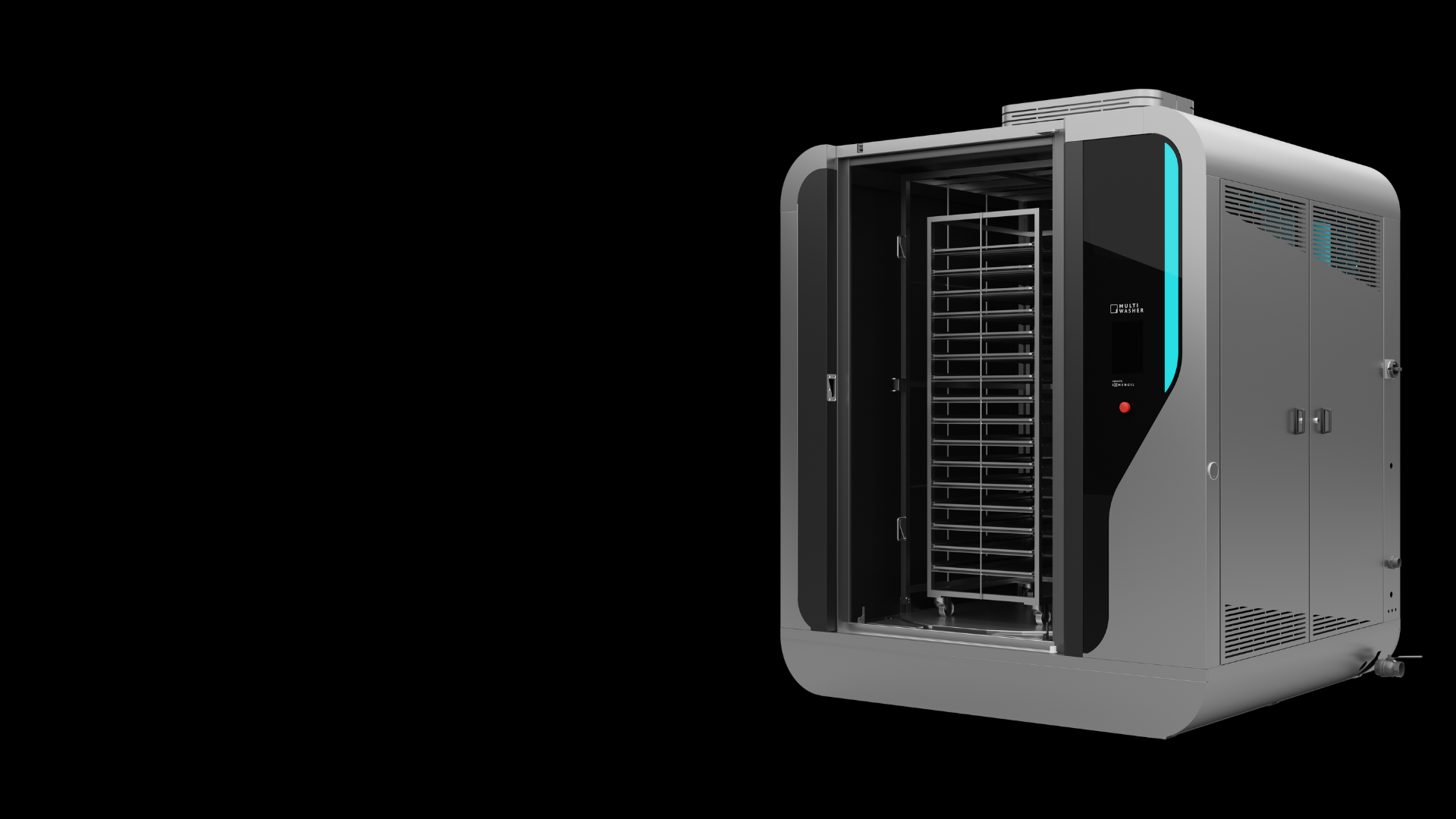
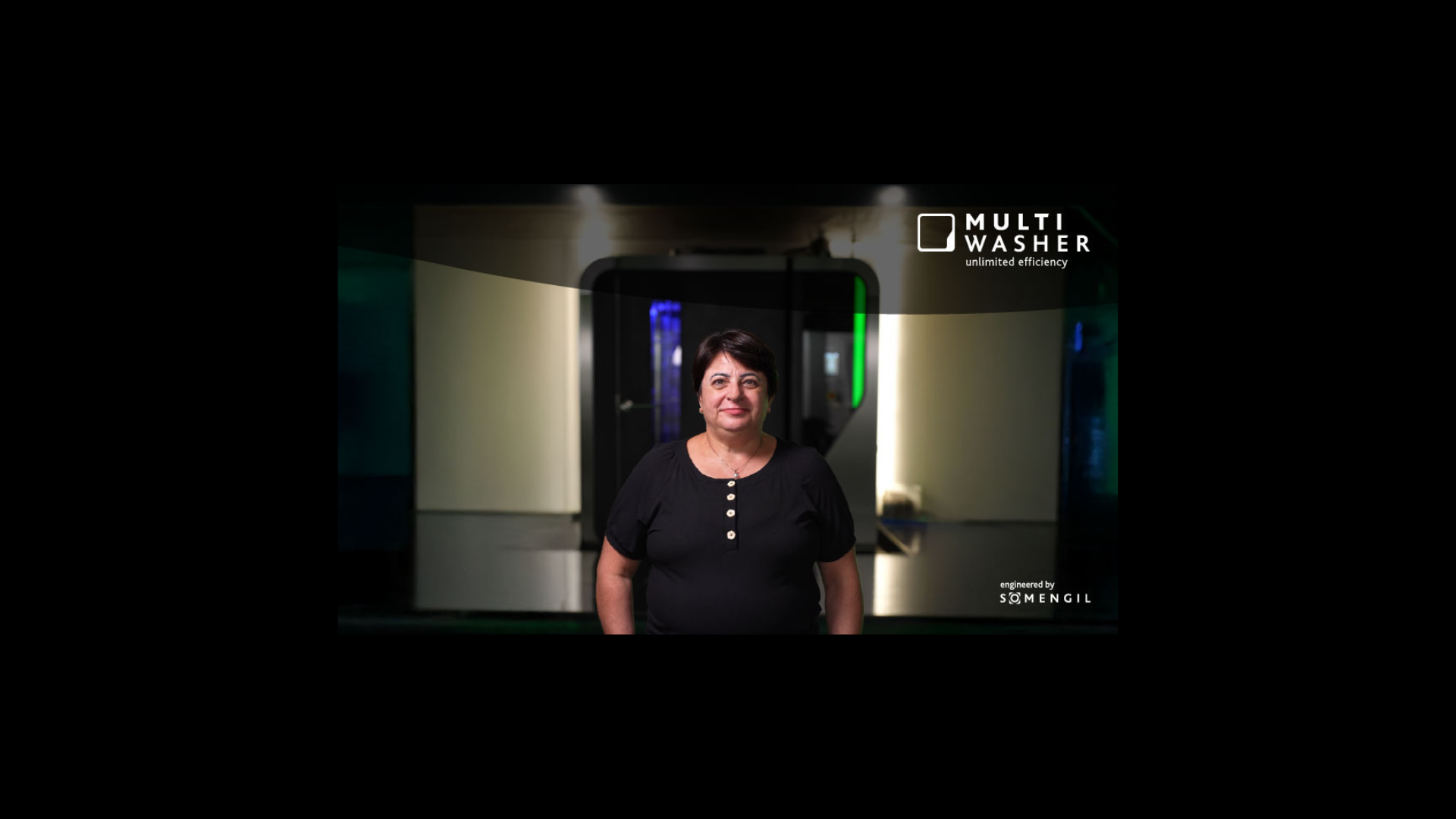
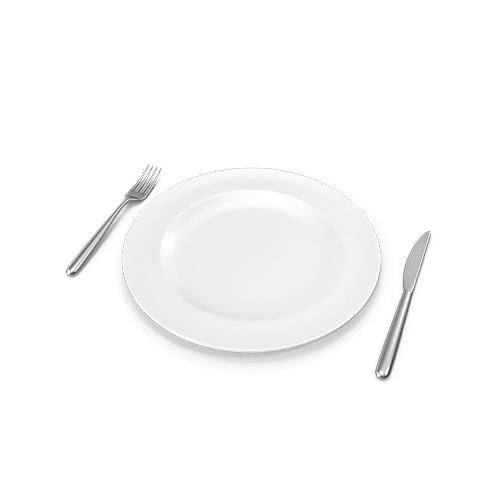
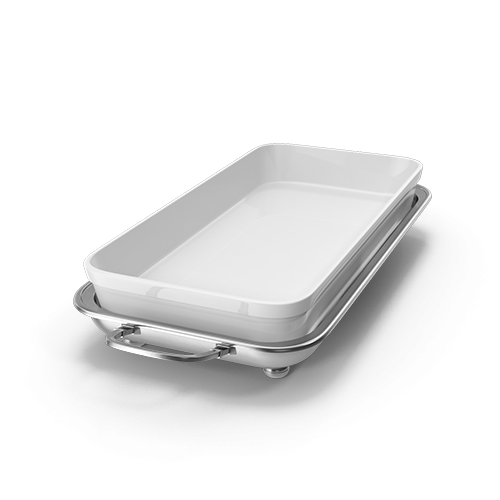
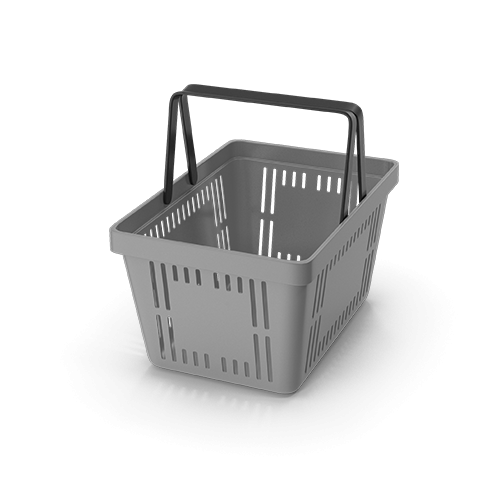
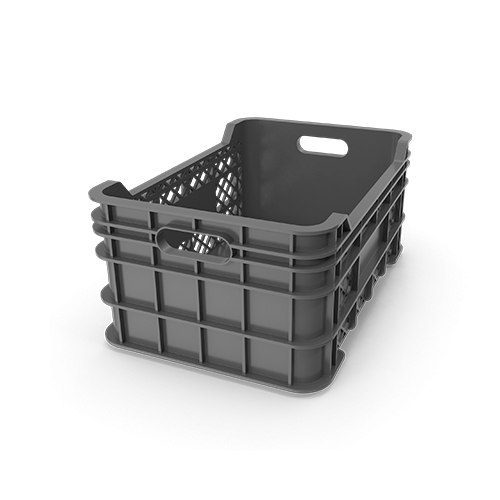






















 Portugal
Portugal United Kingdom
United Kingdom United States
United States France
France Spain
Spain Germany
Germany Romania
Romania Italy
Italy Czech Republic
Czech Republic Finland
Finland Hungary
Hungary Slovakia
Slovakia Greece
Greece Lithuania
Lithuania South Korea
South Korea Russia
Russia Saudi Arabia
Saudi Arabia Poland
Poland Brasil
Brasil Hebrew
Hebrew